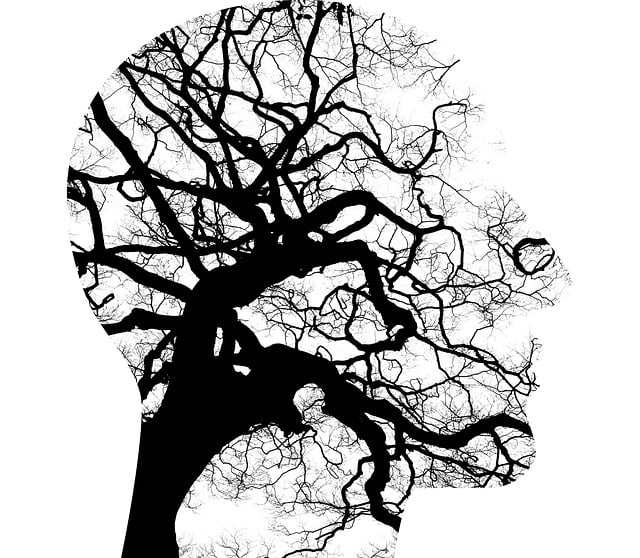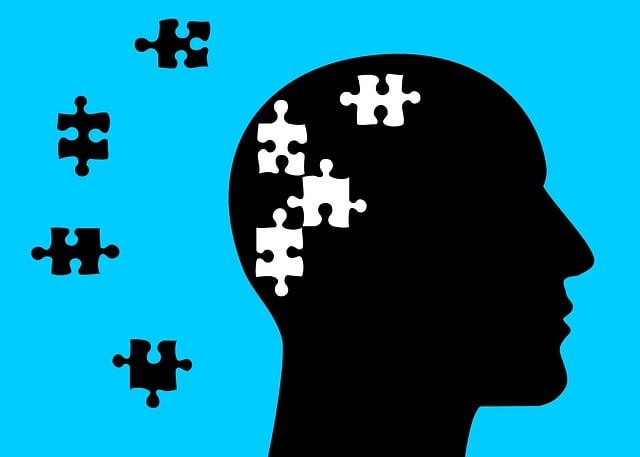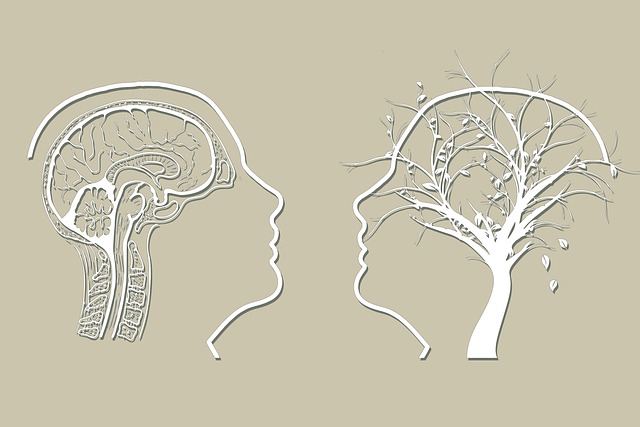The media's portrayal of mental illness significantly impacts adolescents' self-esteem and perceptions of seeking help. Stereotypes often depict mental health conditions as dangerous or weak, leading to stigma and fear among young people. Effective representation through media can combat these stereotypes by showcasing realistic recovery journeys, early intervention strategies, and accessible communication. Highlighting therapy tailored for adolescent teens' needs, focusing on self-esteem and healthy coping mechanisms, is crucial. By emphasizing diverse experiences, successful outcomes, and systemic issues in mental healthcare, the media can inspire hope and reduce stigma. Integrating therapy into narratives and promoting media literacy among teens fosters empathy and encourages support systems for their well-being.
Mental illness representation in media is a complex issue that significantly impacts public perception and understanding. This article explores the current state of mental health depiction in the media, focusing on its effects on adolescent teens’ self-esteem. We delve into effective strategies to foster positive change, including integrating therapy and enhancing mental health awareness through media literacy. By adopting these approaches, we can create a more supportive environment for young individuals navigating their mental health journeys.
- Understanding Mental Illness Representation in Media: The Current State
- Impact of Media Portrayals on Adolescent Teens' Self-Esteem
- Effective Strategies for Positive Change in Media Depictions
- Integrating Therapy to Enhance Mental Health Awareness
- Fostering Supportive Environments through Media Literacy
Understanding Mental Illness Representation in Media: The Current State

The representation of mental illness in media has long been a topic of discussion and criticism. Currently, portrayals often fall into stereotypical or sensationalized narratives, contributing to the stigma surrounding mental health issues. This is particularly evident when it comes to adolescents, whose struggles are sometimes depicted as dramatic and unrepresentative of real-life experiences. The media’s role in shaping public perception cannot be understated; inaccurate or limited representations can lead to a lack of understanding and empathy among viewers.
Understanding mental illness involves recognizing its complexity and the diverse ways it manifests. For example, therapy for adolescent teens should cater to their unique needs, focusing on building self-esteem and healthy coping mechanisms rather than simply portraying extreme cases. Effective media representation could involve showcasing the journey towards recovery, highlighting the importance of early intervention and accessible communication strategies. By presenting realistic scenarios, especially in burnouts prevention discussions, the media can play a pivotal role in fostering mental wellness by encouraging open conversations and reducing the social barriers faced by those seeking support.
Impact of Media Portrayals on Adolescent Teens' Self-Esteem

Media portrayals of mental illness can significantly impact adolescent teens’ self-esteem and overall well-being. Often, media stereotypes present individuals with mental health conditions as dangerous, unpredictable, or completely broken, leading to negative perceptions among young audiences. Such depictions can make teens feel ashamed or afraid of seeking help for their own struggles. For instance, showing a character with depression as constantly tearful and helpless might reinforce the false belief that such conditions are a sign of weakness.
This can be particularly harmful during adolescence when self-identification is forming. When media offers one-dimensional portrayals without showcasing the diverse paths to recovery through therapy for adolescent teens or compassion cultivation practices, it risks perpetuating misunderstandings. However, incorporating stories with accurate representations of mental illness and successful outcomes, including positive thinking strategies, can foster empathy and encourage teens to view these conditions as manageable. This shift in narrative can inspire young people to approach healthcare providers with openness and build a foundation of trust in seeking professional help, ultimately enhancing their self-esteem and resilience.
Effective Strategies for Positive Change in Media Depictions

Media has a significant influence on shaping societal perceptions, including how mental illness is understood and treated. To foster positive change, media platforms can adopt several effective strategies. Firstly, they should prioritize accurate and nuanced representations of various mental health conditions, ensuring that stories reflect the diverse experiences of individuals across different demographics. This includes showcasing successful outcomes of therapy for adolescent teens and promoting self-esteem as a crucial component of recovery. By featuring compelling narratives centered around Mind Over Matter principles and Inner Strength development, media can inspire hope and reduce stigma.
Moreover, media outlets can contribute to policy analysis and advocacy by shedding light on the need for comprehensive Mental Health policies. Responsible storytelling that delves into systemic issues and highlights the impact of mental health initiatives can drive public discourse and influence legislative decisions. Effective media representation goes beyond entertainment; it becomes a powerful tool in shaping mental health literacy, fostering empathy, and encouraging support systems for those struggling with their mental well-being.
Integrating Therapy to Enhance Mental Health Awareness

Integrating therapy into media narratives offers a powerful solution to challenge stereotypes and enhance mental health awareness. For adolescent teens, therapy provides a safe space to explore emotions, fostering self-esteem and resilience. By incorporating therapeutic techniques such as social skills training and self-awareness exercises, media can accurately portray the journey of individuals grappling with mental illness. This approach encourages empathy from audiences while promoting accurate understanding of complex issues.
Furthermore, ensuring that healthcare providers are culturally competent is crucial. Training in this area allows for more nuanced representation, addressing diverse experiences within the mental health community. Ultimately, these collaborative efforts can revolutionize how mental illness is depicted, fostering a more inclusive and supportive environment both on-screen and off.
Fostering Supportive Environments through Media Literacy

Media has a significant impact on shaping societal perceptions, especially regarding mental health. By fostering media literacy among adolescents and teens, we can create supportive environments that promote self-esteem and open conversations about mental wellness. This involves critically analyzing the representation of mental illness in various media forms, such as television shows, movies, and online platforms. Encouraging young audiences to question stereotypes and biased portrayals can lead to more empathetic and accurate depictions.
Through media literacy programs and educational initiatives, teens can learn communication strategies that enable them to seek help when needed. This might include recognizing the signs of depression or anxiety in themselves or others and understanding where to access therapy for adolescent teens. Moreover, engaging with mental wellness podcast series production can offer platforms for sharing personal experiences, thus normalizing conversations around mental health. Such initiatives have the potential to revolutionize how we address and support mental wellness in our communities.
Media plays a significant role in shaping societal perceptions of mental illness, particularly among adolescent teens. By implementing effective strategies and integrating therapy, we can foster more positive and accurate representations. Encouraging media literacy helps to create supportive environments, enhancing mental health awareness and improving self-esteem. Through collaborative efforts, we can challenge negative stereotypes and ensure media reflects the diverse experiences of individuals living with mental illness, ultimately benefiting the overall well-being of society.








